By Tom Deignan
Last year, National Geographic magazine highlighted this peculiar fact about our planet: “According to even the most generous estimates, more than 80 percent of the world’s oceans are totally unmapped. The average ocean depth is nearly two and a half miles, and oceans cover 70 percent of the planet. Do the math and, in terms of total volume, 99 percent of Earth’s biosphere is essentially unknown.”
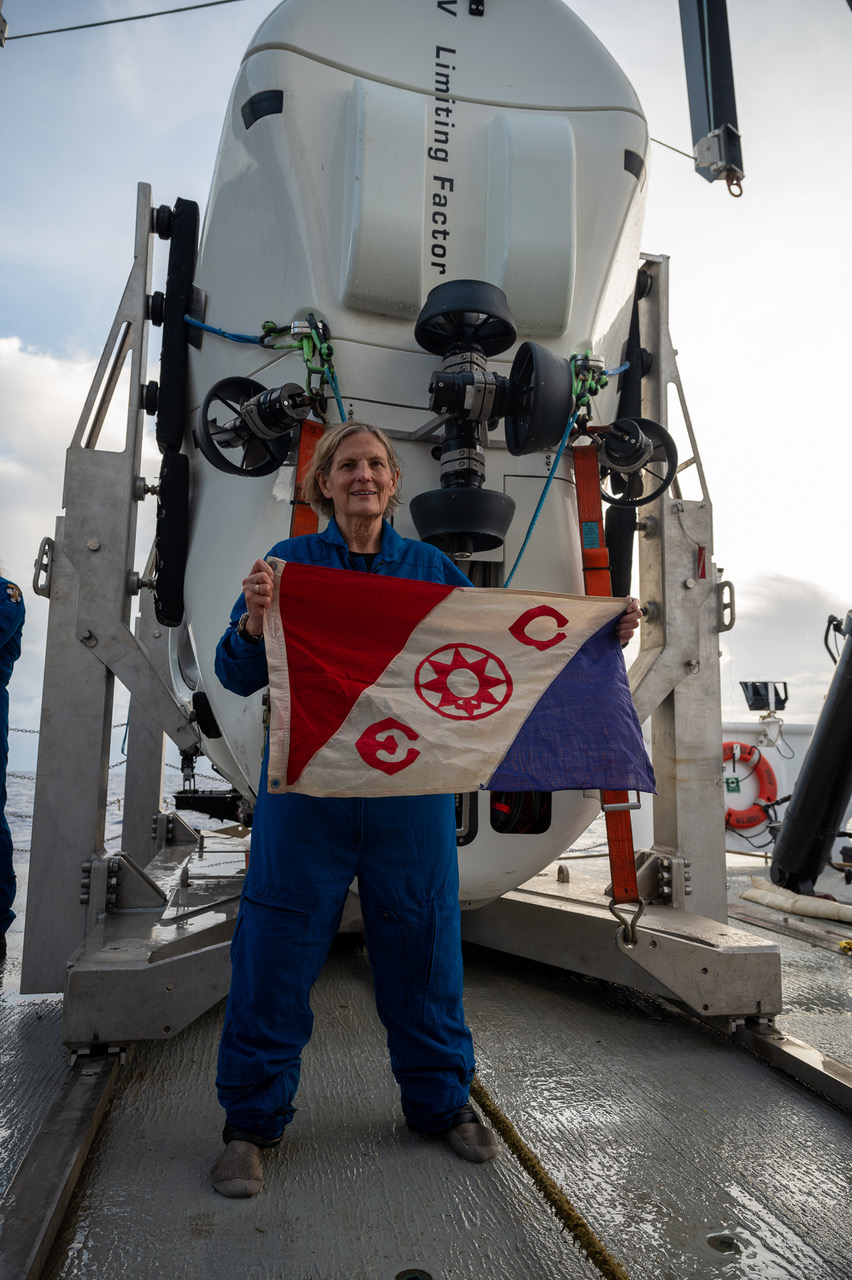
Irish American Kathryn Dwyer Sullivan is doing her part to change that. This after over a decade spent exploring outer space – the first woman to do a space walk – Sullivan is now the first woman to explore the deepest point of the earth’s ocean.
Sullivan, who was born in New Jersey, and whose grandfather came to the U.S. from Kerry, recently embarked on an ocean exploration dive that took her nearly seven miles underneath the ocean’s surface, to the famous Challenger Deep located in the western Pacific Ocean’s Mariana Trench.
That is the same ocean region filmmaker James Cameron explored to much hype back in 2012.
But while Cameron spent his earlier career making some impressive movies, such as Terminator and Titanic, he doesn’t quite have Dr. Sullivan’s well-rounded exploring credentials.
In fact, according to USA Today, after completing her recent Mariana Trench mission, “Sullivan called her colleagues at the International Space Station (ISS), which is in orbit 254 miles above Earth.”
Afterwards, Sullivan said: “As a hybrid oceanographer and astronaut this was an extraordinary day, a once in a lifetime day, seeing the moonscape of the Challenger Deep and then comparing notes with my colleagues on the ISS about our remarkable reusable inner-space outer-spacecraft.”
That is the same ocean region filmmaker James Cameron explored to much hype back in 2012.
But while Cameron spent his earlier career making some impressive movies, such as Terminator and Titanic, he doesn’t quite have Dr. Sullivan’s well-rounded exploring credentials.
In fact, according to USA Today, after completing her recent Mariana Trench mission, “Sullivan called her colleagues at the International Space Station (ISS), which is in orbit 254 miles above Earth.”
Afterwards, Sullivan said: “As a hybrid oceanographer and astronaut this was an extraordinary day, a once in a lifetime day, seeing the moonscape of the Challenger Deep and then comparing notes with my colleagues on the ISS about our remarkable reusable inner-space outer-spacecraft.”
Rob McCallum, EYOS Expeditions leader whose company coordinated Sullivan’s overall expedition said, of the exchange, “we are well used to our clients being ambitious in their quest to explore but this was a new first.
“It was amazing to set up a conversation between two spacecraft; one operating as a platform for research in outer space, the other an exploration vehicle for inner space. These two groups of humans, using cutting edge technology to explore the outer edges of our world, highlighted the vast span of human endeavor while at the same time linking us close together as fellow explorers.”
He added that Sullivan’s mission along with the recent launch of Elon Musk’s SpaceX Crew Dragon highlights “the exciting potential of private companies contributing to the technological advancement of space flight with a reliable, reusable vehicle.”
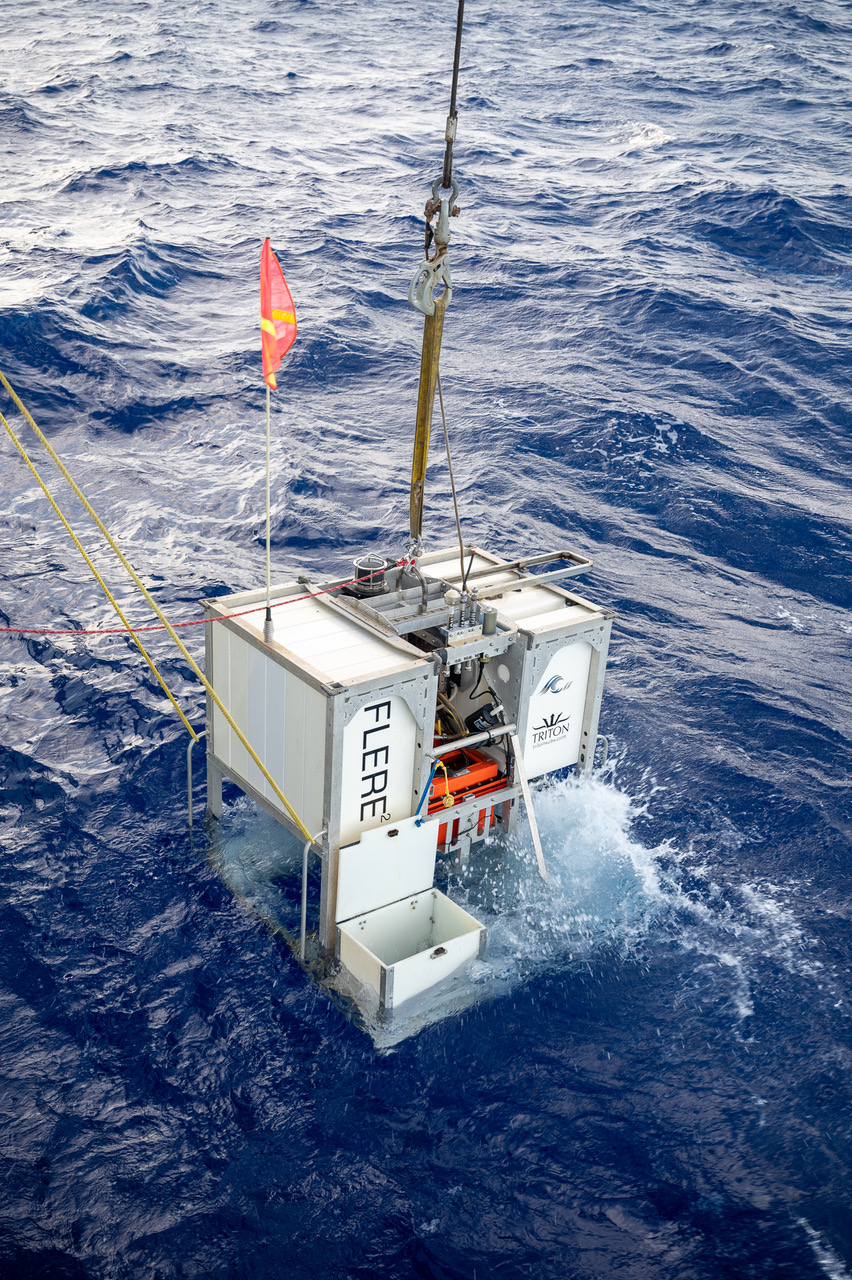
The trip to the bottom of the ocean, was just the latest impressive journey for the extended Sullivan clan. Kathryn’s grandfather, Denis “Lea” O’Sullivan, left Kerry for New York in 1893 by steamship in a journey that probably took two weeks.
Dr. Sullivan herself was born in Paterson, New Jersey, before the family headed out west to California. Sullivan studied Earth Sciences at U.C. Santa Cruz before going north to Nova Scotia, Canada, where she earned a Ph.D. in Geology from Dalhousie University.
In 1978, Sullivan joined NASA, and in October of 1984 she became the first woman to perform a spacewalk, during a Space Shuttle Challenger mission, aiming to test whether or not satellites could be refueled while still in orbit.
After leaving NASA in 1993, Sullivan served as chief scientist of the National Oceanic and Atmospheric Administration, as well as a number of other government posts under presidents George W. Bush and Barack Obama.
And yet, despite all of these accomplishments, when the Financial Times once asked Sullivan what she believed to be her greatest accomplishment, she said: “I suspect most people would expect me to say the spacewalk I did in 1984 but, in terms of space, I take the greatest pride in the work I did [with NASA] on the Hubble Space Telescope, which went a long way to ensuring it could be maintained in orbit, so it’s still running to this day – almost twice the lifetime its engineers predicted.”
She added: “But I got my greatest satisfaction from the teams I ran at the Center of Science and Industry and the National Oceanic and Atmospheric Administration. To get a team of people together, to make a team really hum, to boost talents, is tremendously satisfying.”
Dr. Sullivan outlined many of these experiences in her 2019 book Handprints on Hubble: An Astronaut’s Story on Invention.
In 2016, Sullivan went on a journey of a much more personal nature.
She met up with distant Irish relatives Nora and Kathleen O’Sullivan at the family’s home in Lauragh on the Beara Peninsula, Kerry.
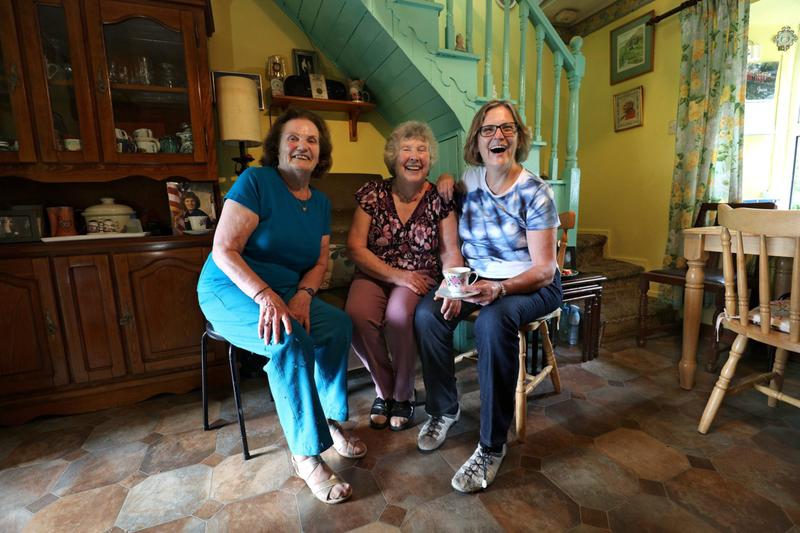
“It was wonderful to see Dr. Sullivan meeting her cousins at the home her grandfather emigrated from,” tourism officer John Griffin told the Kerryman newspaper.
Sullivan’s extensive Irish background is also reflected in the middle name she chooses to use.
“Pauline Dwyer Kelly was the only one of my four grandparents that I ever knew,” she writes in Handprints on Hubble. Losing her grandmother suddenly to cancer in the early 1960s sent the Sullivan family into a period of emotional turmoil, forcing Sullivan to step up and become an “always-stong-and-calm intermediary, ever watchful and ready to stabilize tense situations or assuage everyone else’s pain and anger.”
What’s next for Sullivan? When asked what she would like to own, she told the Financial Times: “A ticket to Mars.”
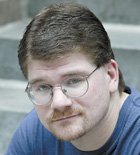
Tom Deignan is an author, teacher, and columnist for the Irish Voice and Irish America (tdeignan.blogspot.com).

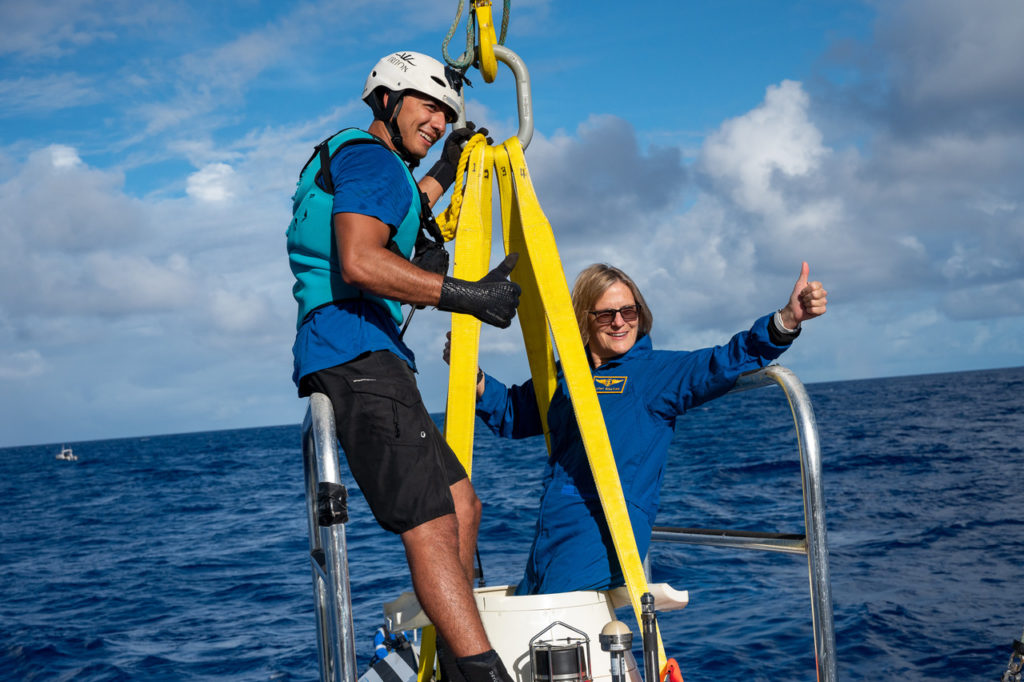
Ms. Sullivan was the first American woman to do a space walk but a female Russian Cosmonaut Savitskaya, was the first woman. I don’t see the date this was published so I apologize if I’m just one of a long line of pesky people.